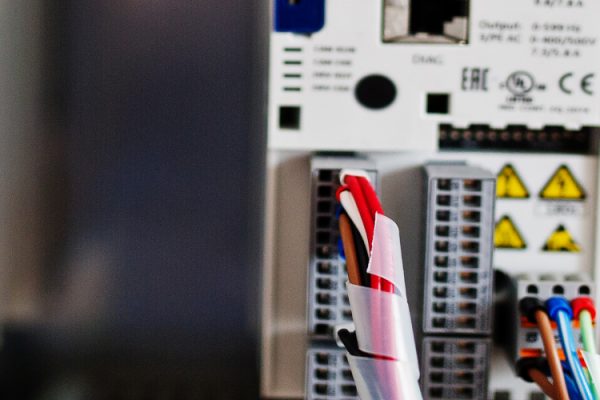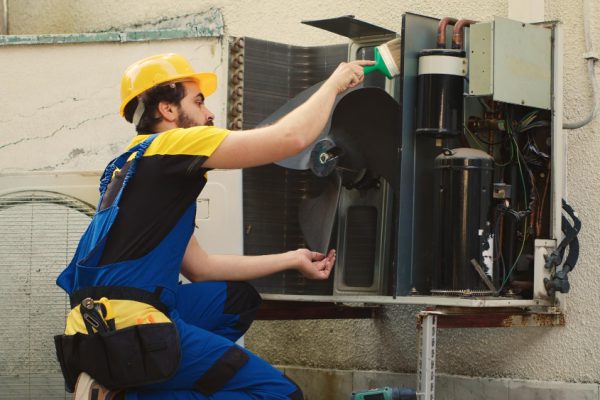In industries where even a microscopic particle can cause catastrophic failures—like pharmaceuticals, electronics, aerospace, and biotechnology—clean rooms are not just facilities; they are precision-built environments designed to protect the integrity of products and processes. Designing a clean room is a complex task that goes beyond basic architecture. It requires a seamless collaboration between designers and makers (engineers, contractors, technicians, and clean room specialists) to ensure not only compliance with strict industry regulations but also operational efficiency and long-term reliability.
The Critical Nature of Clean Room Environments
Clean rooms are controlled environments that maintain extremely low levels of airborne particulates, contaminants, and pollutants. They regulate temperature, humidity, and pressure to suit the application—whether it’s the manufacturing of microchips, the formulation of injectable drugs, or the assembly of aerospace components.
Because of their stringent requirements, clean rooms must be meticulously planned, constructed, and validated. A disconnect between the design and implementation phases can result in costly rework, compliance failures, or operational inefficiencies. That’s where collaboration between designers and makers becomes not only beneficial but essential.
The Role of the Designer: Setting the Vision and Standards
Clean room design begins with an in-depth needs analysis. Designers, often architects or specialized engineers, are responsible for translating client requirements, industry regulations (such as ISO 14644 or GMP), and workflow processes into tangible design concepts. Their focus includes:
- Defining Cleanliness Classes: Based on the intended use, designers determine the cleanliness level (e.g., ISO 5, ISO 7) required.
- Planning Layouts: Optimizing space for personnel flow, material movement, equipment placement, and air handling.
- Environmental Control Design: Selecting appropriate HVAC systems, pressure zones, airlocks, and filtration mechanisms.
- Compliance Mapping: Integrating standards and regulatory requirements directly into architectural drawings and material selections.
However, no matter how sophisticated the design is on paper, it needs skilled execution to function as intended.
The Role of the Maker: Bringing Designs to Life
Makers—comprising engineers, clean room builders, equipment installers, and technicians—translate the blueprint into a real-world solution. Their responsibilities include:
- Material Selection and Installation: Choosing materials with appropriate non-shedding, anti-static, and easy-to-clean properties.
- Mechanical and Electrical Integration: Ensuring that air handling units, pressure control systems, lighting, and data infrastructure work seamlessly.
- Precision Construction: Building to exact tolerances to prevent gaps, misalignments, or leaks that can compromise cleanliness.
- Commissioning and Validation: Conducting rigorous testing (e.g., particle count, airflow, pressure differentials) to validate that the room meets specified standards.
This team must understand not only the construction side but also the operational purpose of the space. That’s why collaboration is key.
Collaboration Touchpoints: Where Designers and Makers Sync
For a clean room project to succeed, designers and makers must collaborate throughout the project lifecycle. Key touchpoints include:
- Early-Stage Planning and Design Workshops
Makers should be involved from the earliest stages to provide practical insights into feasibility, material availability, and constructability. This prevents overengineering or unrealistic designs.
- Design Reviews and Iteration Loops
Regular checkpoints between designers and the implementation team allow for review of plans and accommodation of real-world constraints. For instance, if a specified ceiling system isn’t available in the market, alternatives can be proposed early without disrupting timelines.
- Mock-Ups and Prototyping
Creating a partial model or mock-up allows both teams to validate the layout, test airflow, and fine-tune material finishes before full-scale execution.
- On-Site Coordination and Supervision
During construction, both designers and makers must be present for on-site decisions, especially when unforeseen challenges arise, like space constraints, installation conflicts, or system integrations.
- Final Testing and Handover
Makers conduct the functional testing, but designers must ensure the final deliverable aligns with the original design intent. Joint validation ensures the clean room performs as expected in both theory and practice.
Digital Tools Enhancing Collaboration
Modern clean room projects leverage tools like BIM (Building Information Modeling), CAD software, and project management platforms to streamline collaboration. These tools:
- Help visualize air flow and particle behavior
- Detect system conflicts before construction begins
- Facilitate real-time communication and document sharing
This digital backbone ensures that both the design intent and practical implementation stay in sync throughout the project.
A Unified Goal: Precision, Compliance, and Functionality
The successful execution of a clean room hinges on a unified effort. Designers bring innovation, regulatory understanding, and spatial logic. Makers bring practical insights, technical skills, and precision craftsmanship. When both collaborate effectively, the result is a high-performance clean room that meets industry standards, enhances productivity, and reduces long-term operational costs.
In high-stakes industries where contamination can mean product failure, regulatory action, or even loss of life, this collaborative synergy between designers and makers isn’t just valuable—it’s indispensable.
Conclusion
Clean room design is not just about drawing plans or following blueprints—it’s about co-creation. It’s about understanding the science behind the processes and the art of building environments that protect those processes. When designers and makers align their expertise, the outcome is more than just a room—it’s a precision-controlled environment where innovation thrives and failure is minimized.
Elevate your workspace with smart and efficient corporate office design in Vadodara. Create a professional environment that reflects your brand and enhances team performance.








